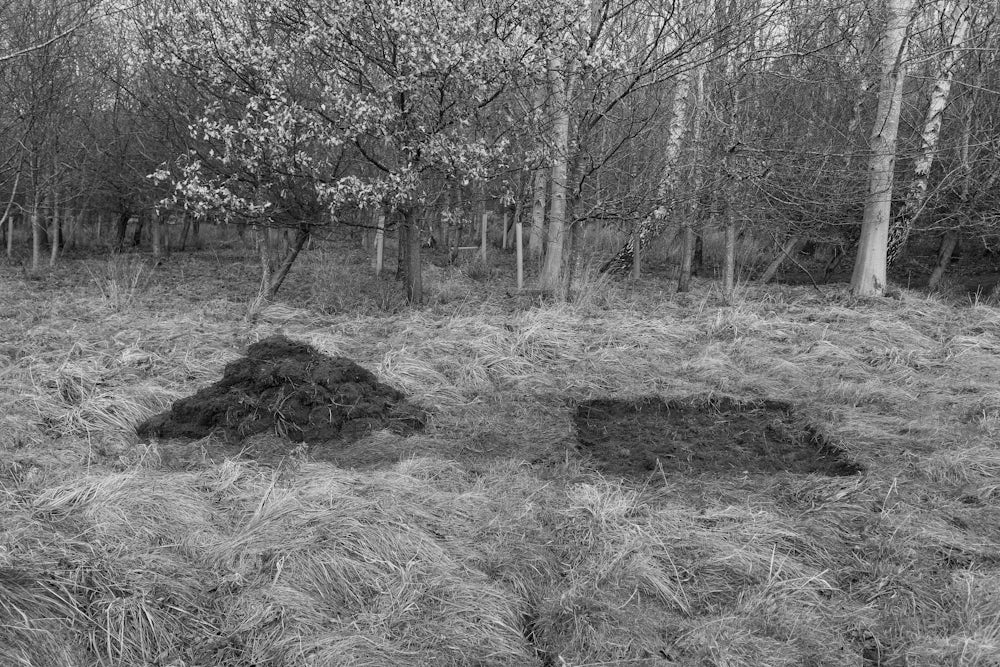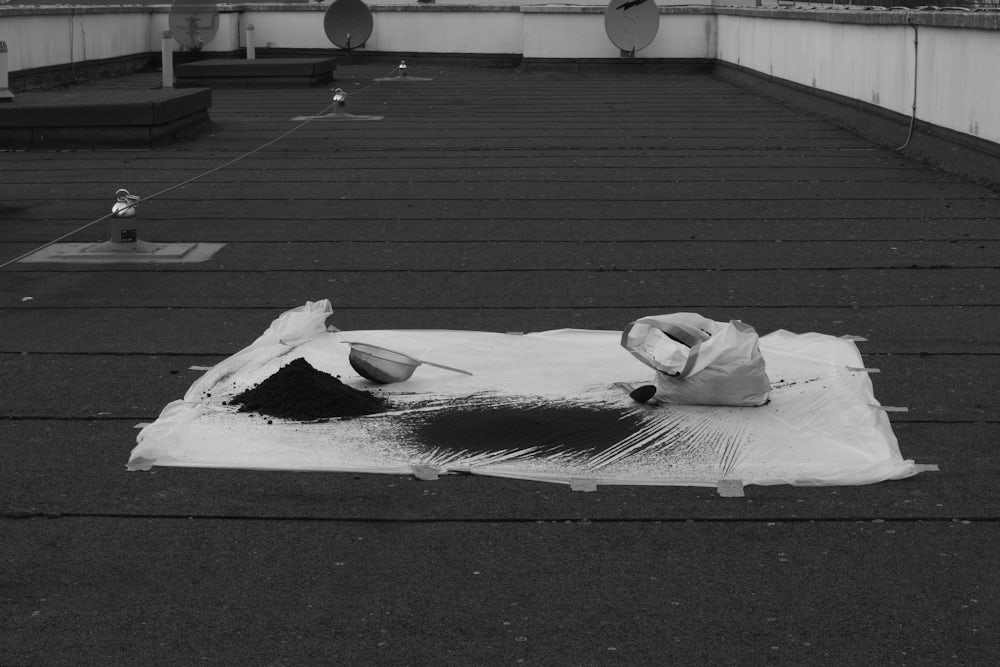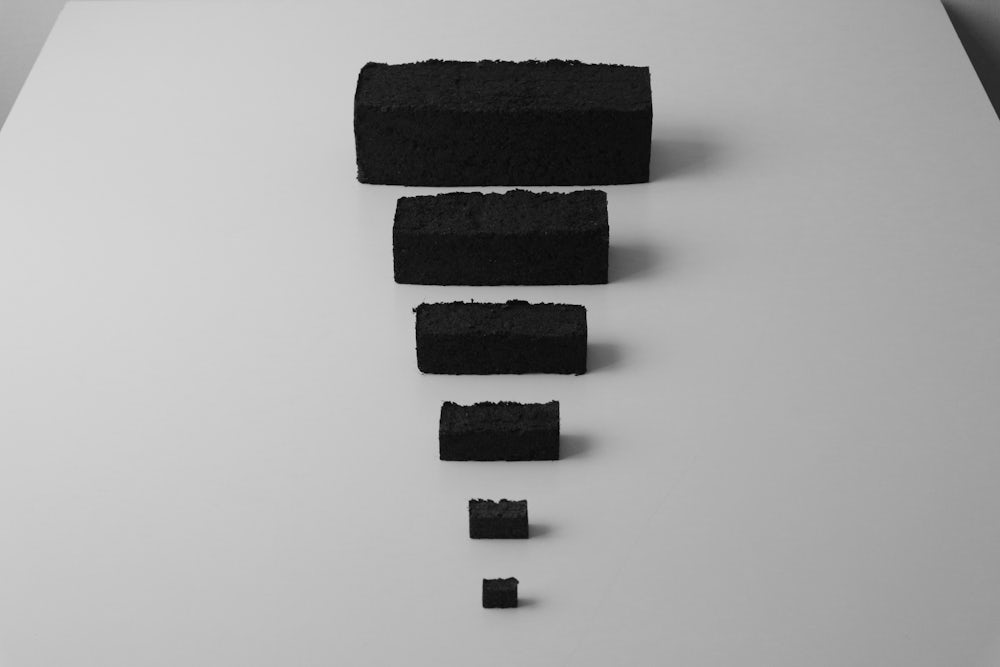Matthew Warrenberg
"Extracting Value"
Keywords: environment, materials, objects, performance, time, family
My starting point is an object, a gold ear pick. There is an unusual juxtaposition between the banality of its function and the value of the material. This object was handmade by my father, cast from a mold produced with a master pattern and bears his hallmark on the very end of the handle (his initials). The object itself is physically insignificant, weighing less than a gram. However, the extraction of even this insignificant amount of gold produces tonnes of waste and further social and environmental effects.
Gold is mined and extracted from the earth, displacing material and drastically altering the landscape of places, visually, physically and socially. The spoils of this process are a small luxury in comparison to the scale and severity of the consequences. The process produces multiple direct hazardous effects for surrounding settlements which develop around mines, and other indirect effects further afield. One particularly extreme example is Johannesburg and its scarred landscape. The combination of numerous waste tailings and densely populated areas have resulted in a legacy of implications on its society and environment, which is far more challenging than simply a radically altered landscape. Once extracted, gold is stored as objects in various ways. It is stored in gold reserves (held by a national central bank), as jewellery, private investments and many other forms. Depending on the shape which gold is cast, hammered or worked into, its value can fluctuate. Through the ordered compiling of found imagery displaying juxtaposing scales, it becomes possible to understand and link multiple social perspectives other than my own. It contextualises my chosen object and similar others in their process and associated history, by bringing the imagery together within such close proximity. The juxtaposing scales help to draw out multiple ideas and issues. It emphasises the scale and extent of the transformation to the landscape, which is so enormous that it is comparable to a naturally formed one. What also becomes apparent, is the such highly regarded value for gold throughout history. This leads to questions concerning the consequences of the materials extraction and what affects its value, which drives its desirability?
I have been looking at the artists Richard Long and Francis Alys, who both use simple actions in their work to produce profound effects. Although the performative action itself is temporary, it is the visual documentation or oral narration which becomes the work itself. In Long’s work you see the result of the action, but in Alys’ work you often see the action but not the result. Alys in particular manages to merge the poetic with the political, through his work.
My compiling strategy focused on everyday actions and interventions - performed and documented with photography and film. A small, everyday action can have a profound effect and the process of compiling these actions amounts to a greater whole. Sometimes, the banal and everyday can be the most revealing.



